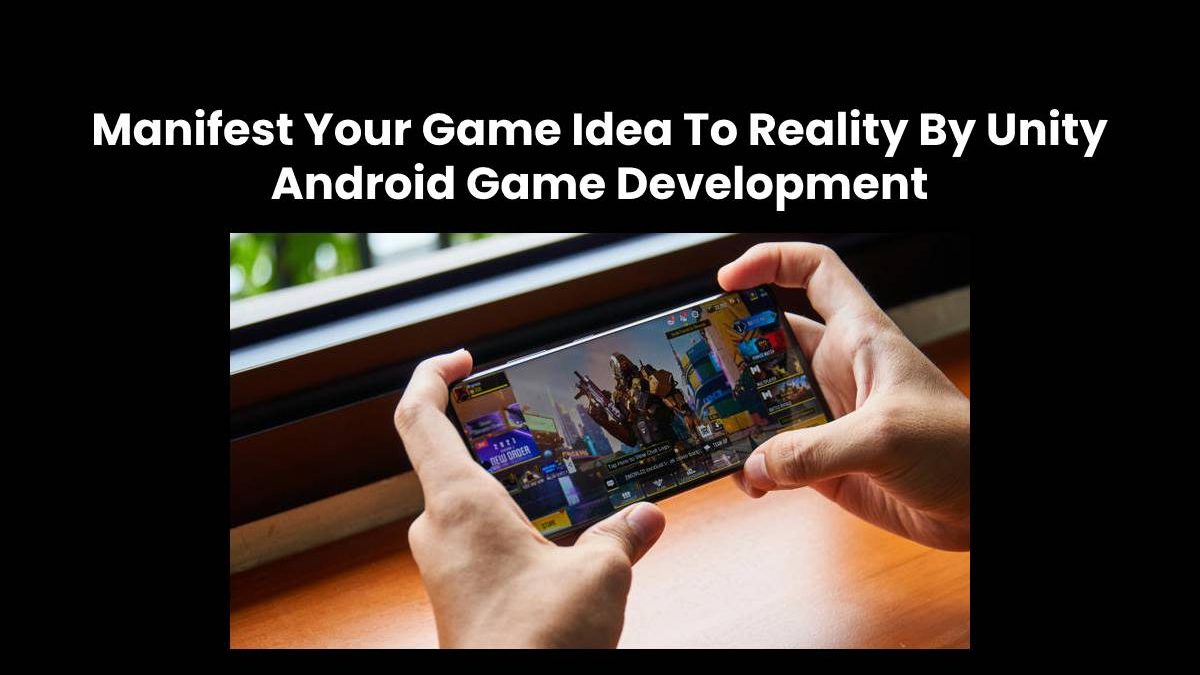The industry leader in the Android mobile games market is Unity, with a three-fourth share. The Unity Distribution portal has accrued more than 1 billion players. Of the Google Play store games, three-fourths of the top grossing games are powered by Unity. More than half of the novel mobile games are developed in Unity. Among the top 1,000 mobile games, Unity has powered 72% of them.
Pearl Lemon Games is a reliable mobile game development agency. Its Unity game development for Android assures engaging and awesome mobile games in 2D or 3D for a wide gamut of niches.
Table of Contents
About Unity
Unity is a robust, quick, and flexible platform. It offers the following advantages.
It provides you with real-time previews of your development. You can do quick editing and iterations during your development. Moreover, the Android game developers can coordinate effectively and complete the development in record time.
When you complete the development, you can deploy the same across several AR and VR platforms, game consoles, operating systems, and platforms. It minimizes the development time.
You need not be adroit to develop Android games. Unity makes it feasible for students, professionals, novices, and veterans to fulfill their creative intentions.
Strengths of Unity
Several components, templates, and prefabs are open-source and accessible for improvement. They help with rapid prototyping. The C# language is used for coding, which is relatively simple. The ad integration process is efficiently streamlined. This platform boasts amazing cross-platform support.
Drawbacks of Unity
In the case of some studios, the license to use Unity is very exorbitant. Unity Collaborate is an internal collaboration tool, which can prove confusing for some developers. There is better organization of the external tools. For 3D games, novice developers can need somewhat more time to use performance optimization and rendering effectively.
Phases in Unity Game Development
The initial phase is termed Pre-production. The work done in this phase is planning and proofing. You have to prop up a novel concept and support it with details. Through this, you have to prove that the project has potential. The next step is to convert the idea to “concept art” and “rudimentary prototypes.” The complete plan of the game development is given a final touch while drafting the ‘game design document (GDD).’
The middle phase is the Production phase. A Development team works on the gameplay using several lines of code. The Art team generates UI assets, various art assets, animation, and game models. The Art team also works on VFX. Moreover, this phase also includes the Unity mobile game environment modeling and level design. The Project Manager oversees the entire phase. QA Engineers are accountable for testing some features and iterations.
The last phase is called Post-Production. VDX is added, and comprehensive game testing is done on the software. This phase includes handling many bug fixes and reworking some app parts. Moreover, some players are given beta access to judge their reactions. The marketing of the game follows this. Then, the game is released. After that, developers provide updates and maintenance to the game.

